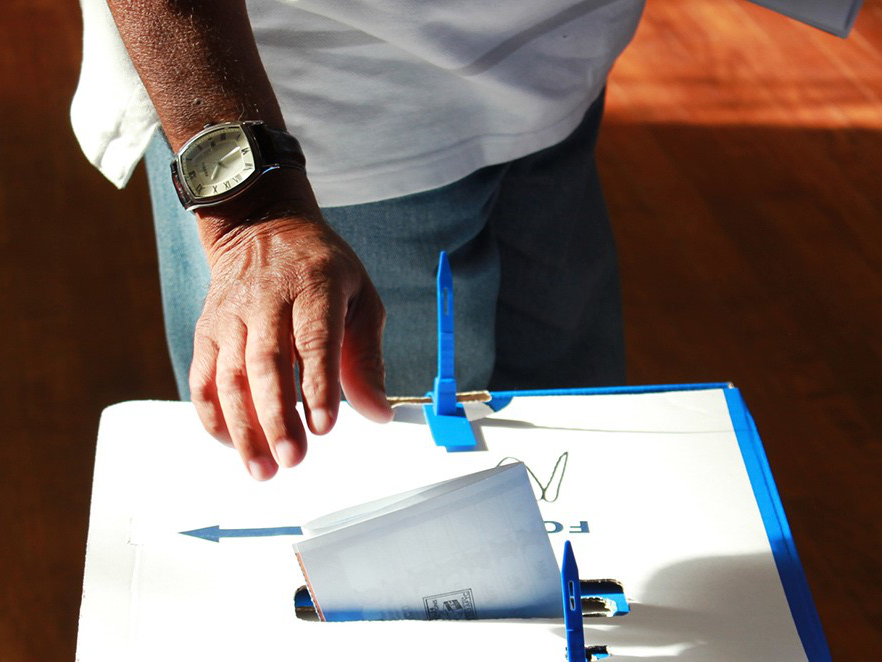The way we pay is evolving in developed economies, but it’s in emerging markets where the revolution is happening: African, Asian and Latin American digital pioneers are transforming how people in their countries transact, unlocking explosive growth and setting new norms, showcasing the future for their counterparts in North America and Europe.
“How would you like to pay?” It’s a question posed almost every time people and businesses transact across the US and Europe, reflecting the plethora of payment methods now available in many developed markets.
The last two decades have seen a dramatic shift in the way people pay for goods and services, with 2015 the first year that cashless payments by consumers, businesses and financial organisations overtook the use of notes and coins in the UK. By 2026, one in four payments in the UK are expected to be made using contactless cards, with the shift towards e-commerce tilting the balance even more in favour of e-payments over the intervening period. In the US, the value of non-cash payments has been growing at a multiple of GDP for decades, with mobile wallet purchases increasing by nearly 72% a year between 2012 and 2015.
Aside from the convenience factor, there are a number of other advantages to electronic forms of payment. These range from additional security, improved efficiency and lower cost through to increased tax revenues for the state as more payments are taken out of the shadow economy. The additional data captured through cashless payments also has the potential to improve information flows and in the world of ‘big data’, this can help everyone from marketers to monetary policy decision-makers.
With such favourable dynamics, it’s no wonder there has been such a spike in developed market deal activity involving payments businesses. Recent deals include Vantiv’s US$10bn acquisition of Worldpay, the de-listing of Paysafe in a £3bn deal and the US$5.3bn purchase of Nets. These landmark transactions are making payments one of the most active areas for M&A in Europe and the US.
Yet despite all this, cash is still king, accounting for an estimated 80% of consumer transactions globally. And the really exciting payments stories are to be found not in developed markets, but in the world’s growth economies. E-payment businesses across Latin America, Africa and parts of Asia are developing at an astonishing rate, reflecting not only the growth in these economies, but also their second-mover advantage. As an investor in more than a dozen growth markets payments businesses, Actis has witnessed this first-hand. We have had ringside seats to the transformation happening across the whole spectrum of payments infrastructure, from the expansion of more traditional ATMs and point of sale devices through to online and mobile payments.
Even looking at “old” payment ecosystems like credit and debit cards, there is a gulf between developed and growth economies. It is not just that penetration is much lower, utilisation is as well. In the US, there are two card transactions per capita each day, while in Brazil, one of the more developed of our markets, there are two per week. In China, this falls to two per month and in India, there are just two per year. It took decades for the US to reach this level of activity; simply extrapolating current growth rates, we anticipate it will take a fraction of the time for card usage in many growth markets to overhaul this benchmark.
Yet cards are only part of the emerging markets payments narrative. A lack of existing infrastructure in these countries is underpinning the adoption of end-to-end digital payment methods. In traditional markets, legacy systems need to be upgraded or replaced. In addition, consumers and businesses have a wealth of choice when it comes to transacting – from online banking and easy access to ATM machines to contactless cards – which can lead to inertia when it comes to migrating to new forms of payment. Why move to mobile payments, for example, when there is ready access to online transaction platforms? Emerging markets, however, have the potential to leapfrog to the latest, most efficient technology. The historical and – in many cases – current lack of choice or alternative for customers means their populations are far more open to innovation.
This is leading to many of these markets becoming some of the most sophisticated payments markets in the world. In China, mobile payments are estimated to have reached US$5.5tn (or 50% of GDP in 2016). That’s 50 times the size of the mobile payment market in the US. Indeed, Tencent, owner of WeChat and its mobile wallet operator WeChatPay, claims that 14% of Chinese residents carry no cash at all and 40% carry less than 100RMB ($16) in their wallets each day. The speed of this transformation illustrates how quickly markets without legacy systems can adopt new technologies. In the span of a decade, China has transitioned from one of the most cash-reliant economies in the world to one of the least.
In India, the government’s drive for financial inclusion aims to achieve a similar shift in a market where just under 90% of transactions are made in cash. Last year’s demonetisation initiative helped to push the population towards non-cash payments and the government has launched a number of payment apps, while private operators have sprung up to provide digital payment services. Local mobile wallet business PayTM, for example, now has more than 200 million registered users.
And in Africa, a number of countries are now home to some of the most advanced mobile money markets in the world. Low bank penetration and relatively undeveloped traditional payments infrastructure means that take-up of innovative services is exceptionally high. There are estimated to be 300 million registered mobile money accounts in sub-Saharan Africa alone, more than the number of bank accounts in the region.
M-Pesa, one of the world’s first commercially viable mobile wallets was launched in Kenya in 2007 by local mobile network operator Safaricom. Today, 90% of Kenya’s adult population are registered M-Pesa users, supported by around a network of around 100,000 agents across the country. To put this into context, there are fewer than 3,000 ATMs in Kenya. The value of transactions through M-Pesa, represents about half of Kenyan GDP. Indeed, M-Pesa is such a feature of the Kenyan financial landscape, the government started issuing bonds using the system in 2017. The world’s first mobile-only government bond, offering ordinary Kenyans access to the country’s capital markets.
Payments is perhaps unique as an area of the digital economy where the real engine of creativity and transformative change does not sit in the developed world. Those who are trying to figure out what will come next are unlikely to find it in Silicon Valley. It is in Latin America, Africa and Asian that the new norm will be pioneered and where the first cashless societies will emerge. China was using paper money long before Europe. It is likely to move away from it long before as well.






